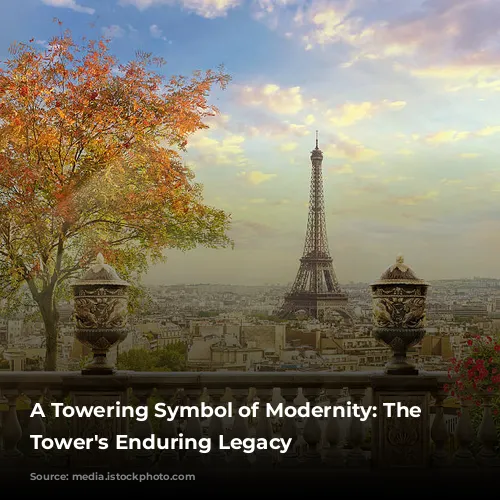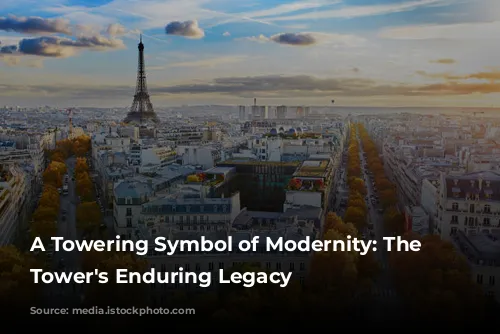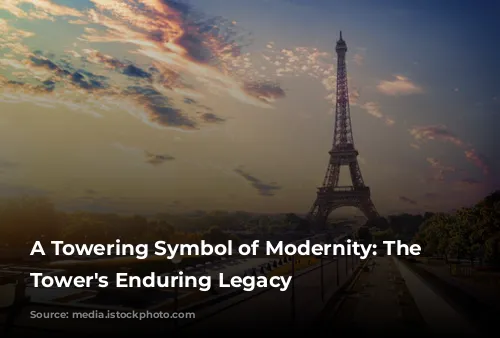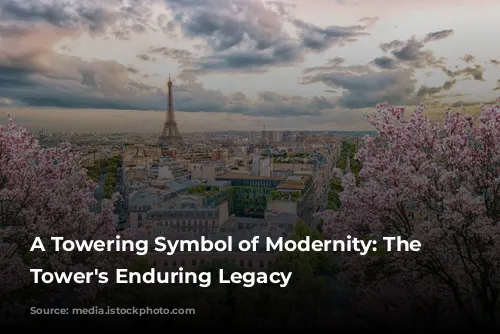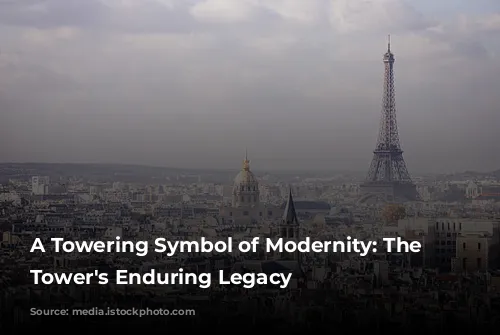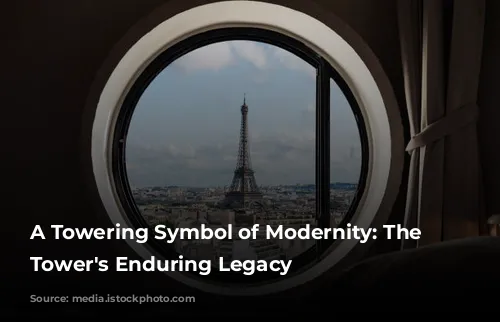The Eiffel Tower, a breathtaking structure that dominates the Paris skyline, is more than just a beloved landmark. It’s a testament to French ingenuity, a symbol of modern architecture, and a testament to the transformative power of a bold vision.
A Bold Vision for a New Era
The Eiffel Tower was conceived as the grand centerpiece for the 1889 Paris Exposition, a World’s Fair intended to celebrate the centennial of the French Revolution and showcase France’s industrial prowess. While initially met with skepticism, the towering structure quickly became an icon of the city, capturing the spirit of a new era.
Gustave Eiffel, the renowned civil engineer, is often attributed with the tower’s design. However, the original concept was actually the brainchild of Maurice Koechlin and Emile Nouguier, chief engineers for Eiffel’s firm. Their vision, along with contributions from Eiffel and architect Stephen Sauvestre, triumphed in a competition to determine the fair’s centerpiece.
Construction began in 1887, but the project wasn’t without its critics. Many Parisian artists and intellectuals viewed the tower as an unsightly intrusion, an unwelcome blemish on the city’s landscape. They feared the metal structure would overshadow Paris’ traditional beauty.
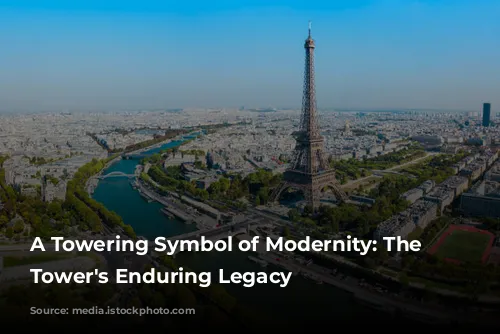
A Bold Departure from Tradition
The Eiffel Tower represented a radical departure from the prevailing architectural styles of the time. While the late 19th century saw the rise of modern architecture, it remained a nascent movement, often overshadowed by the grandeur of Neo-Gothic, Neo-Renaissance, and Neo-Baroque designs. The tower’s use of wrought iron, a material that was just beginning to gain traction in construction, signaled a bold break from tradition.
In a time when iron was primarily used internally for support or in industrial buildings, the Eiffel Tower embraced the material in a completely new way. The tower’s elegant, lattice-like structure showcased the material’s strength and flexibility, challenging the notion that only stone could create aesthetically pleasing buildings.
The Eiffel Tower wasn’t just about its materials; it was about a new way of thinking. It represented a departure from the rigid formality of traditional architecture, embracing a more dynamic, functional approach that emphasized the interplay between structure and design.
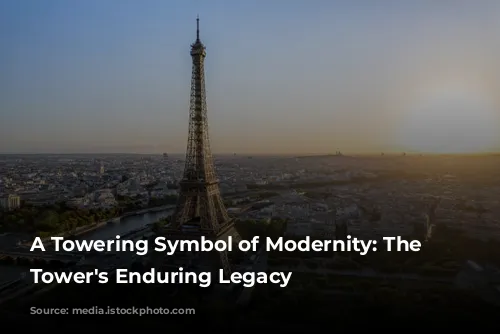
From Controversial to Iconic
Despite the initial outcry, the Eiffel Tower’s construction was completed in just over two years. The monumental structure, built with 18,000 meticulously crafted pieces of iron, quickly captured the imagination of Parisians and visitors alike. Its intricate design, towering height, and the unique perspective it provided of the city made it an undeniable sensation.
The tower was originally intended as a temporary structure, slated for demolition after 20 years. However, its popularity and significance quickly grew, making it a symbol of both Paris and the 20th century’s burgeoning modernism.
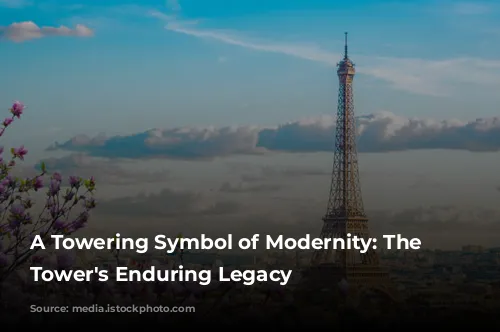
A Symbol of Progress and Innovation
The Eiffel Tower became a beacon of progress, not just for its architectural innovation but for its role in scientific advancements. Eiffel himself recognized the tower’s potential, installing a meteorology laboratory on the third level, inviting scientists to conduct groundbreaking research.
Its imposing height further solidified its place in history. In 1910, the city of Paris extended the tower’s concession due to its vital role as a wireless telegraph transmitter, enabling communication with ships at sea and intercepting enemy messages during World War I.

A Timeless Landmark
Today, the Eiffel Tower remains one of the world’s most recognizable landmarks, a beacon of Parisian culture and a symbol of the city’s enduring spirit. Millions of visitors flock to the tower each year, drawn to its captivating design, stunning views, and the rich history that it embodies.
More than just a beautiful structure, the Eiffel Tower stands as a testament to the power of bold vision, the possibilities of innovative design, and the ever-evolving nature of human progress. It is a reminder that even the most controversial ideas can become enduring symbols of beauty, ingenuity, and the spirit of a new era.
